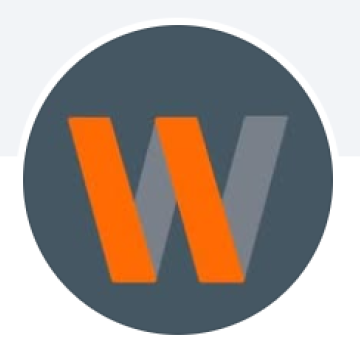There is a steel importer who will see their duty liability increase by R119 million on the day International Trade Administration Commission (Itac) imposes its proposed steel tariffs.
I don’t know who this company is, but our own Liberation Day will deal a hefty blow to their income statement.
Maybe you think they deserve it for not buying more of their steel locally, because as President Trump has taught the world, importing is bad, local manufacturing is good and exporting is the best.
How you trade now has a strong moral component to it.
The theory in this case, as in America, is to localise more production, which feels like a very good thing to do. More localisation means more jobs and more jobs mean more money to spend on other things made locally and, before you know it, our economy is booming, everyone has a job and no one cares about the localisation project under way in the US of A.
There is a global problem in the steel industry, largely created by China’s massive over production. This is not a momentary event, so paying attention to this is very important.
ArcelorMittal South Africa (Amsa) is failing, despite being given R2 billion and extremely vigorous protection. The subsidised mini-mills, making steel from scrap metal, are putting even more steel into an already over supplied market, placing further pressure on to Amsa.
This is a crisis wrapped in a bubble, inside a policy failure, to misquote Winston Churchill and I don’t think the solution to this problem lies in these incredibly sweeping duty increases. I understand the temptation, but I am sceptical that the patient will be cured with this Bad Medicine (“I ain’t got a fever, got a permanent disease and it’ll take more than a tariff to prescribe a remedy…”).
The proposed duty increase will add R6 billion in potential duties collected. Maybe some of those purchases will go to local suppliers, but I am, again, sceptical. When you reduce competition, which is what tariffs do, prices tend to rise. When prices rise, consumption usually falls.
The problem is aggravated in this case by 77% of the tariffs being applied to intermediate goods (stuff that will be used as raw materials to make other stuff), 14% to gross fixed capital formation (capital goods) and only 9% to goods ready for final consumptions (stuff you can buy in a shop). The further upstream you apply duties, the greater the pressure you apply to the downstream industry and, in the case of steel, 90% of the employment is downstream.
This is a very big deal. It is difficult to imagine any place you can possibly be that does not contain steel. It is the raw material used to make everything from staples to ships so when we make steel more expensive it is consequential.
Itac has a tough job trying to balance the interests of this very complicated value chain, so my criticism should not be seen as attacking them, yet still I believe such sweeping increases will cause more harm than good.
In fairness, Itac offers some rebates of duty, but these should be considered with caution. Rebates are not the same as no duty. They come with conditions and some of those conditions cost more than the benefit itself. They can be whatever the regulator wants them to be and it’s not uncommon to see the requirements to access the rebates morph over time.
But Itac can only work with what is in front of them – just 101 responses were received when 819 imported more than R10 million worth of products in the scope of this investigation in the last year.
If you don’t speak up, how can you expect Itac to hear your words?
Some companies presumably thought someone else would have their say, others hoped an industry association would give its views, but at the end of the day, very little ended up being said and Itac can only base its decision on what is before it. This might be the most important lesson to take from all of this.
This is not over yet, nor does this column tell you everything you need to know about the review.
- If you are anywhere in the steel value chain, you should attend our free webinar on this steel review on Wednesday, August 27, at 10am, by registering here.









